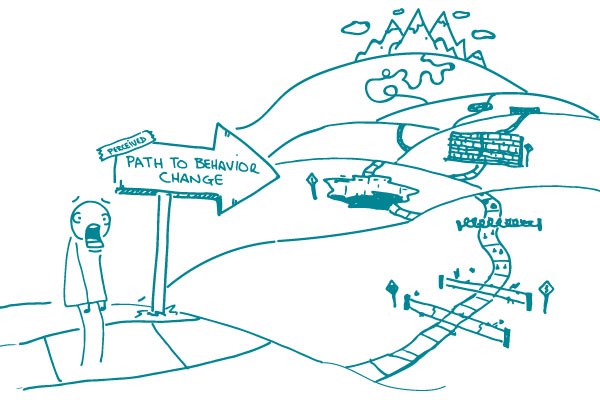
Change is never easy — and convincing your target audience to take action and change their behavior is harder still. Using plain language and good design are key, but health communicators also need to know how to motivate their audiences to make a change.
Fortunately, smarty-pants academics are hard at work developing models and theories that help us understand how and why people change their behavior. Our Useful Theory series takes a look at some of these models. Last time, we checked out the Stages of Change. Today, we’re exploring Icek Ajzen’s Theory of Planned Behavior.
The gist of the theory is that a person’s behavior depends on the answer to 3 main questions:
- What do I think will happen if I do this behavior? How likely is a good outcome versus a bad one? (Behavioral beliefs)
- What do others think about this behavior? Do other people expect me to do it? How much do I care about their opinions? (Normative beliefs)
- Do I think I can realistically do it? What’s going to make it easier or harder for me? (Control beliefs)
Let’s say you’re trying to convince your audience to quit smoking (which is a great idea!). Talking about the harmful health effects of smoking might work — but what if your audience’s main concern is that all their friends do it and think it’s cool? Or maybe they already know it would be healthier to quit, but think it’ll be too hard.
As you develop your health content, think about how your audience might answer the 3 questions. (Or, better yet, do some user testing and find out for yourself!) By addressing likely barriers and concerns, you can empower your target audience to make positive, healthy changes.
The bottom line: If you want your target audience to change their behavior, identify and address the factors that might be holding them back.
Browse recent posts